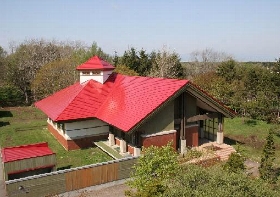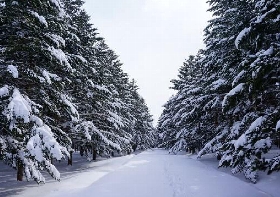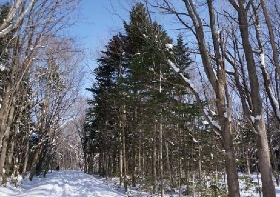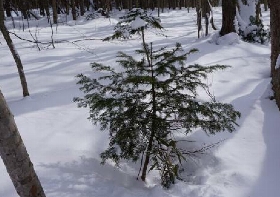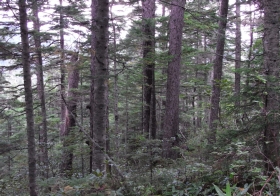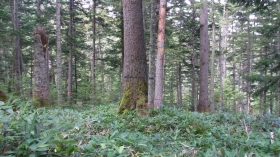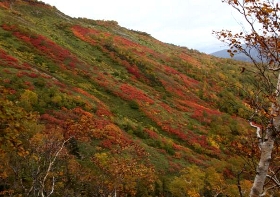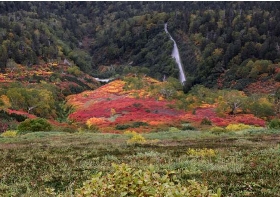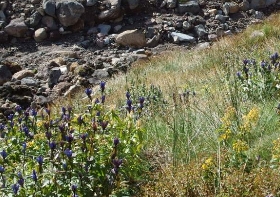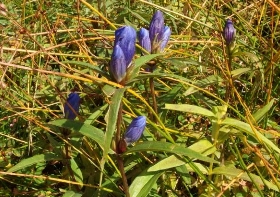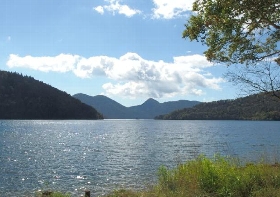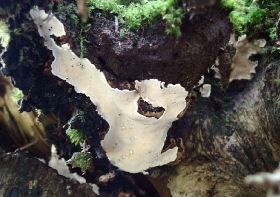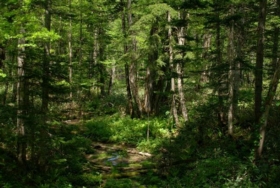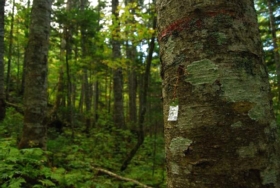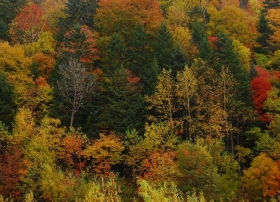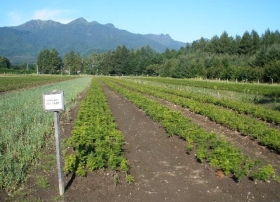
|
Abies 2016 The 15th International Conference on Ecology and Silviculture of Fir |
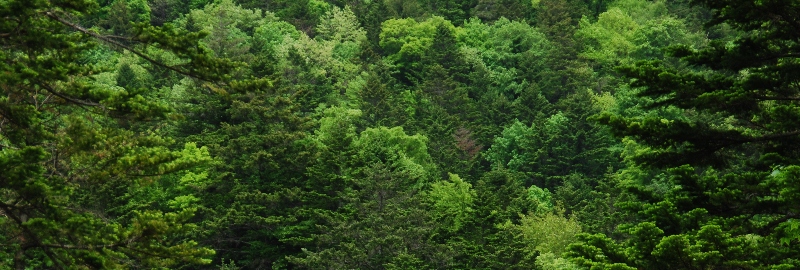 | |
|
Home Welcome General Information Important Dates Call for Papers Abstract Submission (closed) Program Keynotes Open Symposium Conference Tours Registration Travel Information Organization Contacts |
||||||||||||||||||||
|
Conference Tours
In-conference Tour Date: September 23 (Friday), 2016 The In-conference Tour is an afternoon excursion and is included in the conference registration fee. Participants should have good shoes and a warm jacket. Hokkaido Regional Breeding Office The national program for the forest tree breeding in Japan has started in 1950s. Hokkaido Regional Breeding Office (HRBO) was established in 1957, next to the Nopporo Forest Park (43° 04' N, 141° 31' E). The area of the HRBO campus is about 100 ha, and consists of clone banks of plus trees in the breeding program and forest tree genetic resources. The campus also includes several test stands for the tree breeding. A total of 2,157 plus trees has been selected from Hokkaido region, mainly of Abies sachalinensis, Larix kaempferi, Picea glehnii. Plus trees were selected from plantations and natural stands. The selection criteria are mainly growth characteristics and stem form. For Abies sachalinesis, 782 plus trees have been selected and archived at HRBO.
Nopporo Forest Park is located 15 km east from the center of Sapporo city (43° 01-04' N, 141° 29-32' E). The area is 2,053 ha, and it is mostly covered by mixed conifer-hardwood forests. Sapporo city was established in 1860s as the administrative center of Hokkaido, and now 4th largest city in Japan with 1.9 million inhabitants. This area is a flatland forest rarely found close to a big city in Japan. About 100 tree species including Abies sachalinensis, Quercus crispula, Acer pictum, and Fraxinus mandshurica are found in this park. Much of trail road is established and many people use this forest for recreational purposes.
Post-conference Tour Date: September 25 (Sunday) - September 28 (Wednesday), 2016 1. Departure from Sapporo Railway Station at 8:30am on September 25. Return to Sapporo Railway Station around 5:00pm on September 28. 2. Registration fee: 60,000 JPY. The registration fee includes transportation, accommodation (shared room), and all meals during the tour. 3. Participation is restricted to 35 persons maximum. Please register from the "On-line Registration for Abies 2016". 4. Participants should have good shoes and a warm jacket. 5. The registration fee does not include personal insurance. Participants are advised to make their own arrangements regarding travel insurance and medical assistance. The Conference Secretariat, Local Organizing Committee and Organizing Institutions are not able to take any responsibility, whatsoever, for injury or damage to persons or property. Post-Conference tour map Safety instructions for the Post-Conference Tour September 25 (Sunday) Fir-spruce forest at the foot of Mt. Muka In 1954, a huge typhoon (the Typhoon Toyamaru) caused a severe damage on wide areas of the subalpine forests on the volcanic rock in the Daisetsuzan National Park. At the foot of Mt. Muka (43° 39' N, 143° 06' E), a subalpine conifer stand consisting of Abies sachalinesis, Picea glehnii, and Picea jezoensis on the Tertiary sedimentary rock(1,000 m asl) was not severely affected by the typhoon and has been reserved. A large typhoon in 2004 caused stem breakage and uprooting on the canopy trees. In recent years, several canopy trees, in particular P. glehnii, are becoming standing dead.
September 26 (Monday) Ginsendai With a total area 226,000 ha, the Daisetsuzan National Park (pronounced Taisetsuzan locally) is the largest national park in Japan that located in the center of Hokkaido. A chain of 2,000 m-class mountains are standing in the park like an immense "roof of Hokkaido". Ginsendai is located at around 1,500 m above sea level and known as the multiple trailheads from which hikers can experience the size and diverse nature of Daisetsuzan. The Japanese autumn tint season begins at the Daisetsuzan and during the peak of the autumn color season, you are able to enjoy colorful, breath-taking scenery.
Lake Shikaribetsu ("Shikaribetsu-ko" in Japanese) is a freshwater lake located at the 810 m above the sea level in the Daisetsuzan National Park, and is the highest altitude lake in Hokkaido. This lake is surrounded by deep forests and known as sightseeing & autumn tint viewing spots. The end of the September is the best viewing time of autumn tint and many root and butt rotting fungi of conifers including Heterobasidion parviporum, H.orientale, Armillaria spp., Phaeolus schweinitzii, and Bondarzewia mesenterica.
September 27 (Tuesday) The University of Tokyo Hokkaido Forest The University of Tokyo Hokkaido Forest is located in the center of Hokkaido Island (43° 10' -20' N, 142° 18' -40' E; 190-1,459 m asl), with the forest area of 22,716 ha. Abies sachalinensis, which grows in a wide range of altitudes from low elevations (200-300 m asl) to the upper forest limit (about 1,200 m asl), is mixed with Picea jezoensis and temperate deciduous broad-leaved trees. A. sachalinensis dominates in lower elevations (300-600 m asl) in the Forest. Large-scale and long-term forest dynamics research plots have been established in two forest reserves of the Iwanazawa (18.75 ha; 350-410 m asl; riparian forest) and the Maeyama (36.25 ha; 620-680 m asl; montane forest).
September 28 (Wednesday) The stand-based silvicultural management system A large-scale and long-term experiment of the stand-based silvicultural management system has been conducted at the University of Tokyo Hokkaido Forest for over 50 years (since 1958). Single-tree selection harvest, by which trees are selected and harvested individually from a large area periodically, has been implemented as the main silvicultural system at the Forest. Since understory dwarf bamboo has a strong inhibitory effect on tree regeneration, planting treatments have been performed in poorly regenerated sites.
|
||||||||||||||||||||
|
Copyright (C) IUFRO WP 1.01.09 Ecology and silviculture of fir. All Rights Reserved. |
